WAR GRAVE
THOMAS N. MACLEOD (grave 104)
FLIGHT SERGEANT
57 SQUADRON
ABOUT MY LIFE
Born: 1916
Died: 10th December 1942
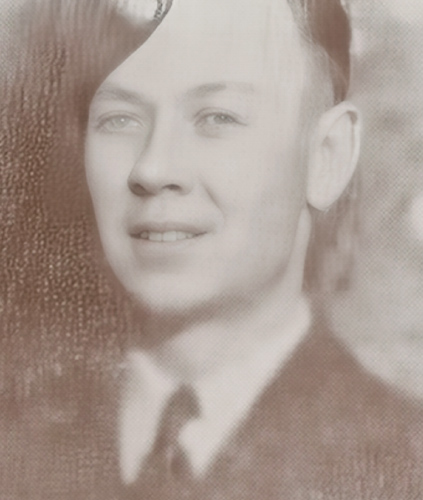
I was married to Louise Belliveau and we had two children. I was from Innisfail, Alberta, Canada.
I had already completed a tour of 32 operations, but because Bomber Command were desperate for experienced crews, I returned for a second tour of operations.
In civilian life I had been a Hardware Store Clerk.
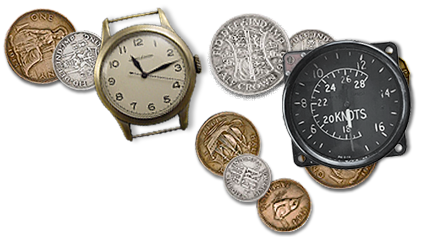
MY AIRCRAFT
The Avro Lancaster was a development of the ill-fated Avro Manchester. The twin engine Manchester had been an unmitigated disaster, under-powered and crash prone. Undeterred, the designer Roy Chadwick increased the wingspan and added two more engines. From a disastrous start, the most legendary bomber of all time was born.
From 1942 onwards the Lancaster, together with the Handley Page Halifax, provided the backbone of bomber command. Equipped with four Rolls Royce Merlin engines, the same engine which powered the equally legendary Spitfire, the Lancaster could deliver 18,000 lbs of bombs to targets up to 2500miles away. Later versions of the Lancaster carried even bigger specialist bombs designed by Barnes Wallis of Dambusters fame.
During the Second World War, The Lancaster conducted a total of 156,000 sorties and dropped 608,612 tons (618,378,000 kg) of bombs. A total of 7377 Lancasters were built, of which 3736 were lost to enemy action and accidents.
Today, only 17 complete Lancasters survive, with just two flying examples. The Battle of Britain Memorial Flight’s PA474 and the Canadian Warplane Heritage’s FM213.
Crew: 7
Span: 102 ft
Length: 69 ft 6 in (tail up)
Height: 20 ft 6 in (tail up)
Empty weight: 37,000 lbs
Loaded weight: 65,000 lbs
Engine: 4 x Rolls-Royce Merlin 24 V-12 engines
Engine power: 1,620 hp at 3,000 rpm (1,208 kW)
Maximum speed: 275 mph
Range: 2,530 miles with 7,000 lbs of bombs
Ceiling: 22,000 ft
8 x .303-caliber machine guns
18,000 lbs of bombs
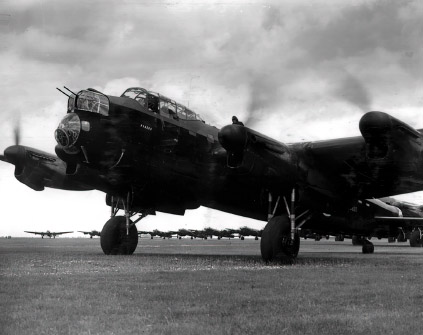
MY ROLE
I was the one of the Air Gunners on this aircraft, it was my job to defend our aircraft from enemy fighters. I would have sat in one of my Lancaster’s three rotating machine gun turrets.
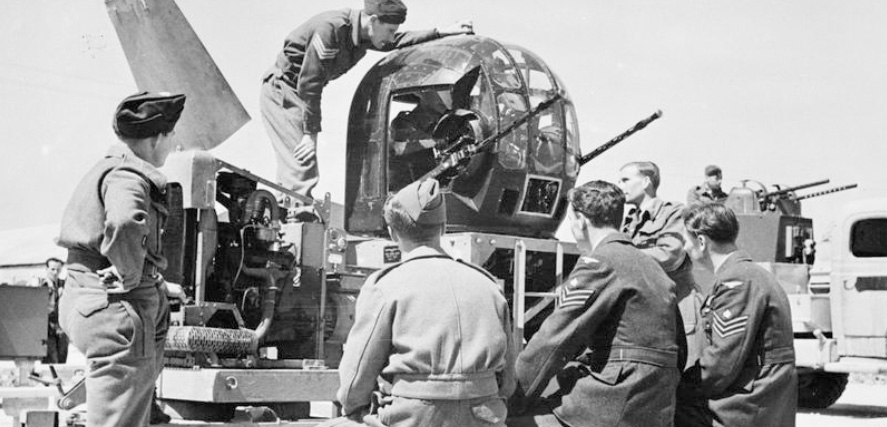
RAF air gunner training.
MY SQUADRON
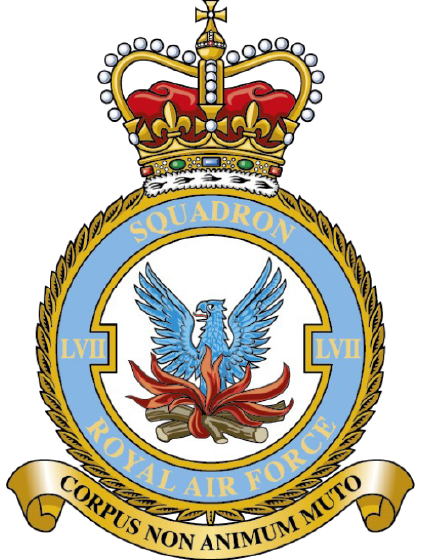
Motto: Corpus non animum muto
‘I change my body not my spirit’
57 Squadron was formed on 8th June 1916 as part of the Royal Flying Corps, initially as a training unit. By October of the same year, they received their first operational type, the Royal Aircraft Factory FE2d, with which they would fly fighter reconnaissance missions in France.
The pace of aviation technological development was rapid and by the middle of 1917, the FE2d was obsolete and the squadron suffered severe losses, on one occasion losing 5 aircraft in a single mission. The situation was only reversed when the squadron received the more advanced Airco DH 4 and switched to a bombing role. Following the end of hostilities, the squadron was disbanded on 31st December 1919.
57 Squadron reformed on 20th October 1931, flying the Hawker Hart in the light bomber role. As the world moved closer to war, they converted to the Bristol Blenheim, a type though by the RAF to be on the cutting edge of light bombers. In reality, it was already obsolete at the outbreak of war and by November 1940, they were flying the Vickers Wellington from RAF Feltwell. In September 1942, they moved to Scampton and converted to the Avro Lancaster, with which they were to fight the remainder of the war.
In the post war years, they first flew the Avro Lincoln, before entering the jet age with the English Electric Canberra. They next moved on to the nuclear armed Handley Page Victor, holding Britain’s nuclear deterrent. When this was passed to the Royal navy, the Victors were used in the air-to-air refuelling role, famously providing fuel to the Vulcans that undertook the Blackbuck missions during the Falklands War.
From 1992-2002, the squadron performed the strategic transport mission with it Lockheed C130 Hercules and in 2008, it switched roles back to its roots as a training squadron, flying the Grob Tutor and Prefect, a role which it performs to this day.
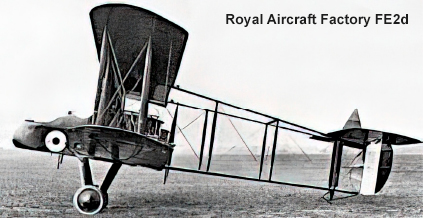
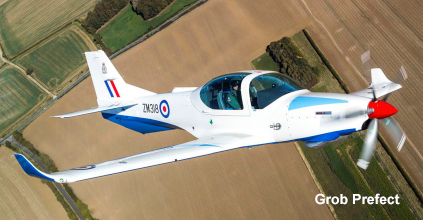
THE ACCIDENT
On 9th December 1942, we were part of a force of two hundred and twenty seven aircraft which took off to attack Turin in Italy. This was a long mission and involved a hazardous transit over the Alps. Turin had been bombed heavily the night before and was to receive a third raid the following night.
The first raid had devastated the city, but ironically the smoke, still rising from its smouldering buildings, helped to obscure it from this latest wave of bombers. We had took off from Scampton at 5:46 pm in Avro Lancaster W4250, with Canadian Warrant Officer Gordon Ramey at the controls.
Approximately nine hours later, in the early hours of the morning of 10th December, a witness at Coningsby airfield saw our aircraft, presumably on approach into Woodhall Spa. He stated that the engines on the aircraft seemed to fail and shortly thereafter the aircraft stalled and crashed. It was thought at the time that the engines might have failed due to mishandling of the aircraft’s fuel system.
Of our crew of eight, there were initially three survivors from the crash, but two of them, both air gunners, Flight Sergeant Macleod and Sergeant James Forbes Macpherson died later in the RAF Hospital at Rauceby. Twenty-six year old Macleod died on 12th December and twenty two year old Macpherson on the 13th. The only survivor, Sergeant W. O. Lundy appears to have made it through the war.
Crash investigators found a portion of our flight engineer’s log in the wreckage. This showed that an engine had failed over the target and the crew shut it down when they saw steam emanating from it.
On only 3 engines, the Lancaster would have had to climb back over the Alps and faced a long transit to base at a much slower speed. It would seem that, having used more fuel than expected, we forgot to change from the port centre tank, to the port inner. It was found later that the port centre was empty, but the port inner contained 60 gallons.
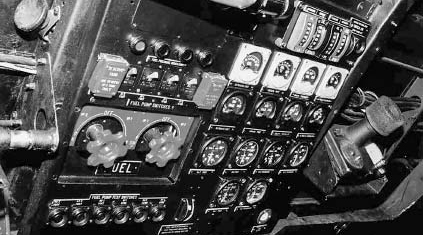
Lancaster engineer’s panel showing fuel gauges and switches.
Due to the fact that the aircraft was in a left hand turn just before the crash, the last dregs of fuel would have moved to one side of the tank, causing all 3 remaining engines to fail at the same time from fuel starvation. By now, the aircraft was far too low to change tanks and restart the engines, none the less our pilot attempted this and at the last moment changed tanks. However, his valiant efforts to save our stricken aircraft went unrewarded.
CASUALTIES – 10TH DECEMBER 1942
Flight Sergeant Thomas Norman Macleod (Air Gunner) RCAF (Buried Scampton)
Sergeant James Forbes Macpherson (Wop/AG) RAF Volunteer Reserve (Buried Windsor Cemetery)
Warrant Officer Gordon Howard Ramey (Pilot) RCAF (Buried Coningsby Cemetery)
Flight Sergeant Raymond Bernard Dion (Air Gunner) RCAF (Buried Coningsby Cemetery)
Pilot Officer Andrew Joseph McLaughlin (Navigator) RCAF (Buried Coningsby Cemetery)
Sergeant Kenneth William Pharoah RAF (Buried in Marley Hill Churchyard (St. Cuthbert), Newcastle)
Where Next
Visit Lancaster PA474 at the Battle of Britain Memorial Flight RAF Coningsby.
BBMF Visitor Centre, Dogdyke Road, Coningsby, LN4 4SY Telephone: 01522 782040
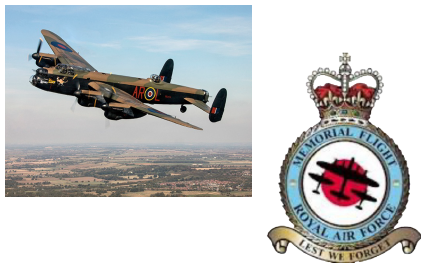
ON THIS DAY IN WORLD WAR TWO – 10TH DECEMBER 1942
In Tunisia, British and Free French defenders drive off a strong German attack on Medjez el Bab.
Australian troops overcome stiff Japanese resistance to take the vital port of Gona in Papua New Guinea.
